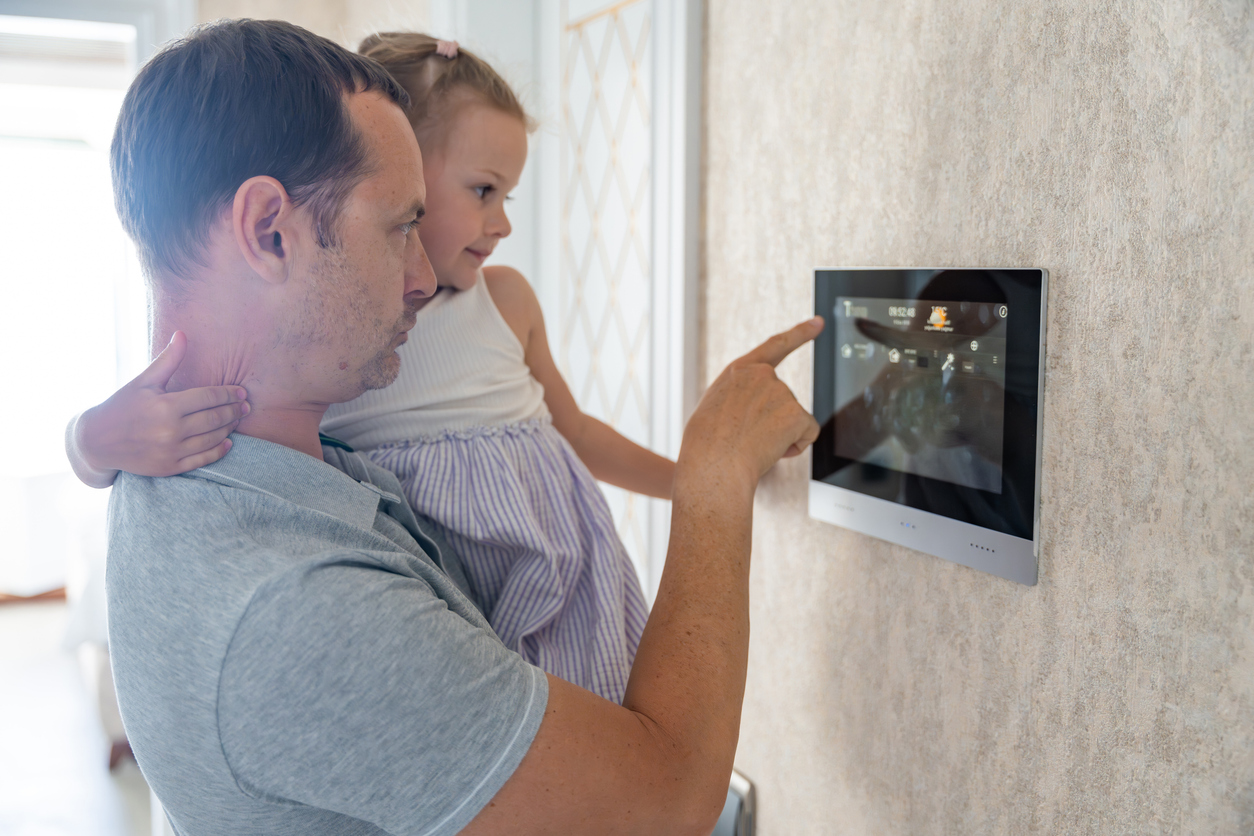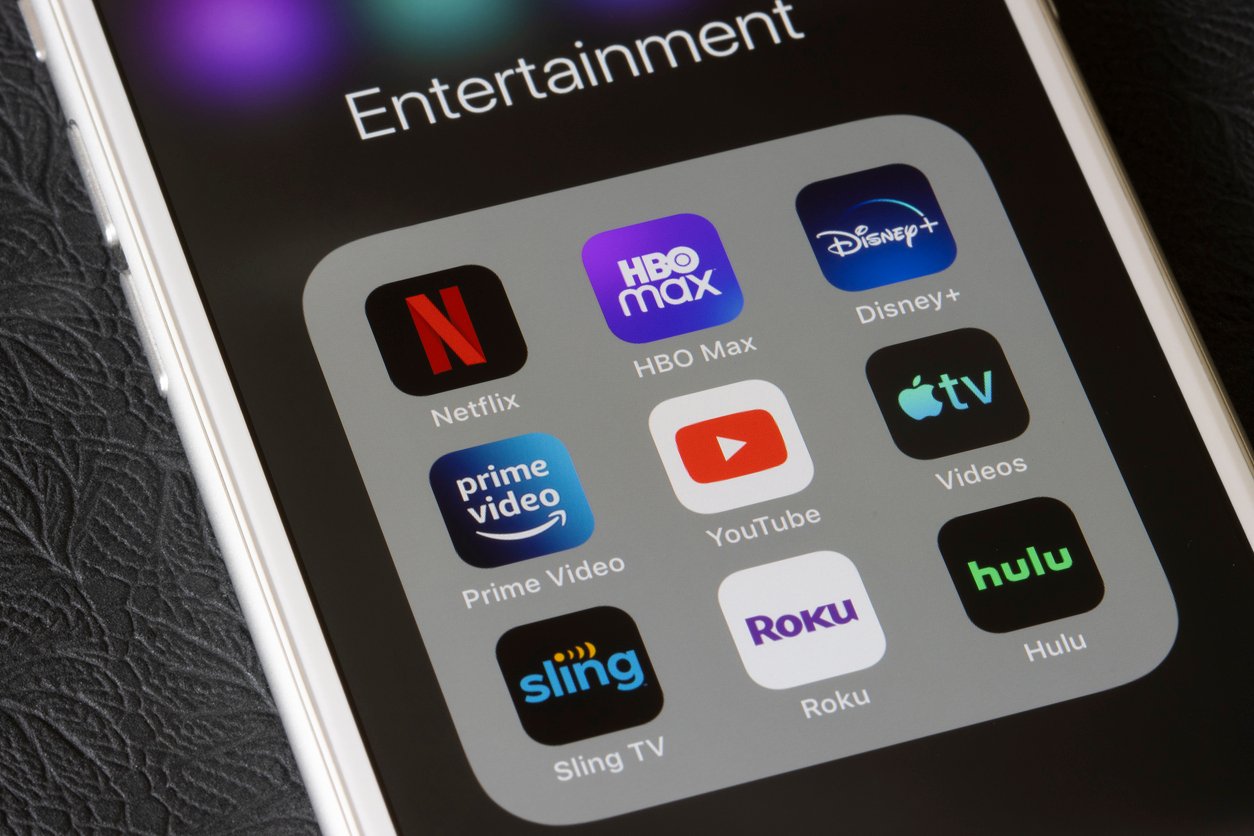Explore which everyday modern gadgets might soon fall out of favor due to evolving technology trends.

Technology changes fast, and many items we consider essential today may not last as long as we think. From smartphones to fitness trackers, ongoing innovation is steadily pushing current gadgets toward obsolescence. Understanding these shifts helps consumers make smarter choices, avoiding overinvestment in soon-to-be outdated devices. Staying informed about emerging tech and prioritizing adaptable, updateable products can ease transitions in our ever-evolving digital landscape.
1. Smartphones with cutting-edge features that may lose relevance soon.

Smartphones flaunt high-end cameras and foldable screens, but tech trends suggest rapid innovation could soon overshadow these capabilities. As manufacturers continuously pursue sleeker designs and advanced performance, today’s top features might someday seem quaint, reminiscent of rotary dials among a sea of touchscreen devices.
Beyond aesthetics, software evolution fuels this shift. Frequent updates and integration drive features into outdated territory quickly. An edge-to-edge display might soon pair with functions impossible to imagine now, shifting perceived necessity from cutting-edge gadgets to practical versatility.
2. Wearable fitness trackers that could be replaced by integrated technology.

Wearable fitness trackers count daily steps and monitor heart rates with impressive precision. Yet, the future of personal health technology may see these gadgets merged seamlessly into other devices, such as smart clothes or even skin-implanted sensors, minimizing separate gadgets.
Developments driven by consumer demands for simplification highlight these changes. When today’s devices consolidate into fewer wearable items or morph into less conspicuous tech, traditional fitness gadgets might find themselves like pagers in the smartphone era—outdated and gathering dust.
3. Smart home assistants evolving beyond their current capabilities.

Smart home assistants currently juggle tasks from music playback to controlling lights, but they might soon extend far beyond speaking interfaces. Innovations in AI and machine learning hint at autonomous systems capable of anticipating needs without direct input or voice commands.
As these technologies evolve, the role of current home assistants could shift towards personalization, enabling machines to understand and predict preferences. This progression could render tactile interactions obsolete, much like physical buttons gave way to digital touchscreens in routine tech use.
4. Streaming devices that might be absorbed into multifunctional platforms.

Streaming devices bring movies and series to screens with a click, yet evolving tech might see these tools integrated into universal platforms or smart TVs. This would combine browsing, casting, and playing into one seamless experience, reducing the need for separate gadgets.
Emerging trends in cloud computing and device synchronization foreshadow this shift. One-touch services and intuitive interfaces promise accessibility without juggling remotes or cables, perhaps transforming beloved streaming tools into relics of tech’s past amusements.
5. Portable power banks facing obsolescence as battery technology improves.

Portable power banks charge devices on the go, but advances in battery efficiency and charging speed may soon make them less critical. Emerging tech hints at ultra-fast charging in minutes rather than hours, possibly eliminating the need to carry extra power sources.
Rechargeable batteries reaching longer lifespan reduce the frequency of recharging altogether, subtly weaving power convenience into everyday routines. Like how laptops became more portable with better batteries, these changes could see power banks relegated to occasional backup roles.
6. Wireless earbuds that could be surpassed by next-generation audio solutions.

Wireless earbuds deliver audio freedom untethered by wires, yet acoustic advancements might outpace their designs. Future audio solutions could feature customized sound environments or bone-conduction technology, offering immersive auditory experiences without traditional speakers or earbuds.
Innovative sound methods blending haptic feedback highlight the landscape. Present audio gear, focused on size and sound quality, may find itself replaced by personalized, discreet systems akin to invisible assistance in bustling cityscapes.
7. E-readers challenged by versatile tablets and multifunction gadgets.

E-readers allow simple digital book access, but with tablets advancing in versatility, their appeal could fade. Multifunctional gadgets elegantly combine reading with productivity and entertainment, challenging e-readers with screens adapting to diverse uses in compact forms.
Progress in lightweight design and adaptive backlighting intensifies this competition, attracting users to versatile platforms. Imagine a future where e-paper becomes one mode of multi-dimensional tablets, like the transformation from bulky books to sleek electronic screens for avid readers.
